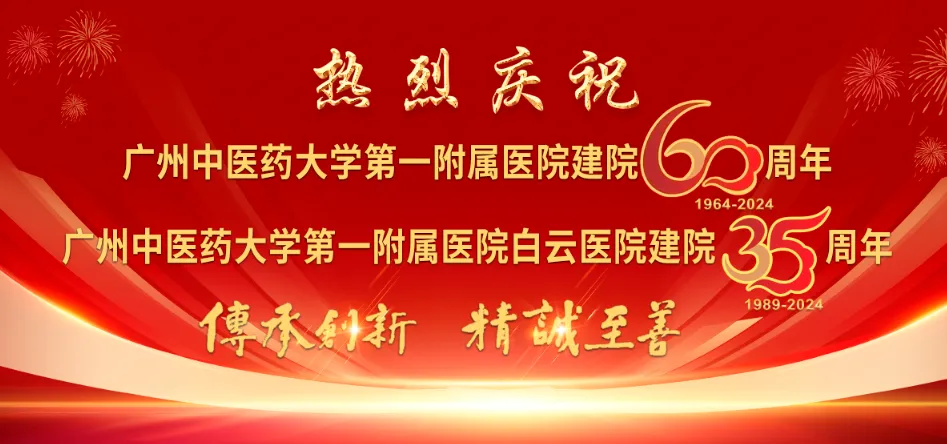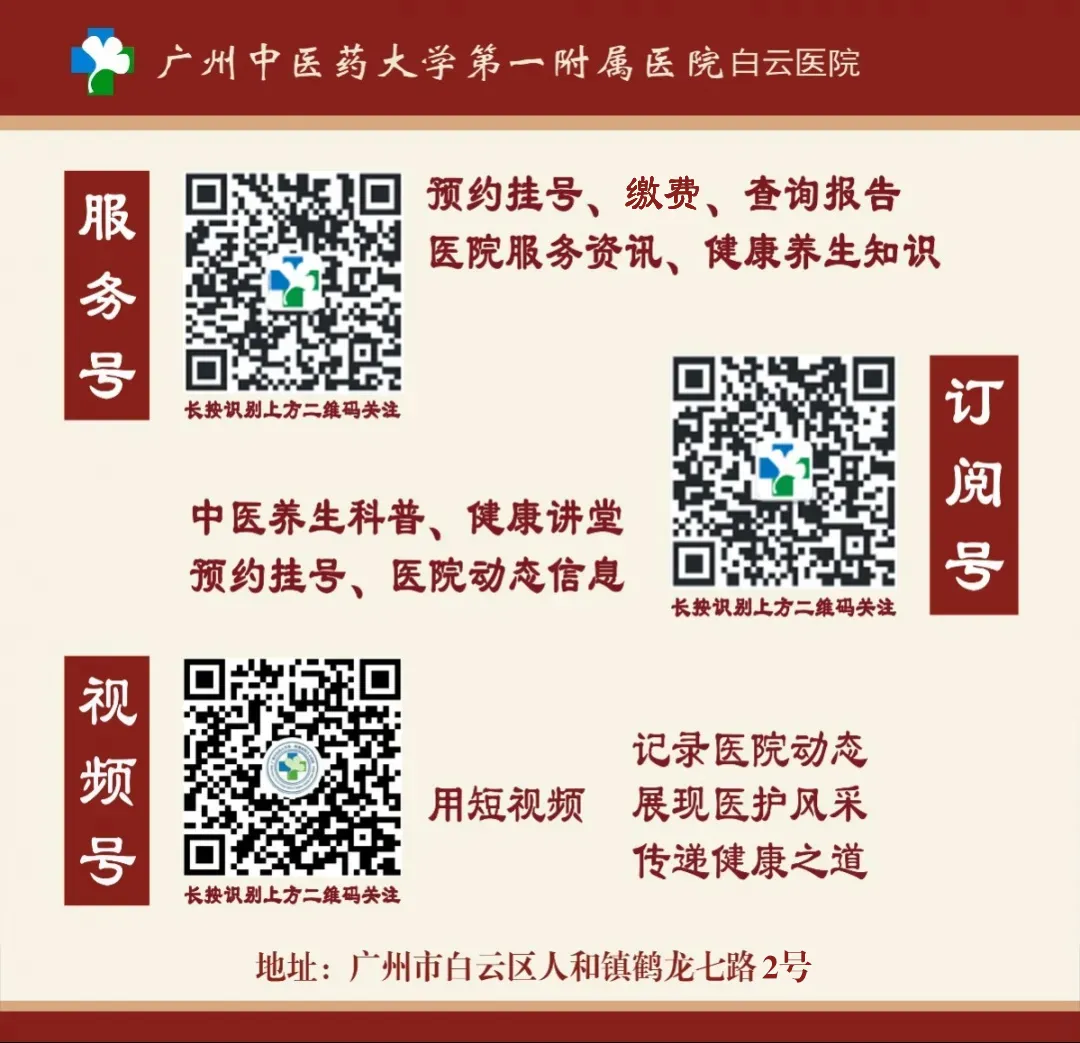
Chuanxiong (Ligusticum Chuanxiong)
Chuanxiong is the dried rhizome of the plant Ligusticum chuanxiong, belonging to the Umbelliferae family. It is harvested in summer when the nodes on the stem are prominently protruding and slightly purplish. After removing the soil, it is sun-dried and then baked, with the fibrous roots removed. The processed product appears as irregular thick slices, with a gray-brown or brown outer skin that has wrinkled patterns. The cross-section is yellowish-white or grayish-yellow, featuring distinct wavy rings or polygonal textures, with scattered yellow-brown oil spots. It is firm in texture, with a strong aromatic scent, and has a bitter, spicy, and slightly sweet taste.
Medicinal Properties of Chuanxiong
Chuanxiong is characterized by its spicy and warm nature. It enters the Liver (Gan), Gallbladder (Dan), and Pericardium (Xinbao) meridians. It has the effects of invigorating blood circulation, promoting Qi flow, dispelling wind, and alleviating pain. Clinically, it is commonly used to treat chest obstruction and heart pain, stabbing pain in the chest and hypochondria, swelling and pain from falls, irregular menstruation, dysmenorrhea, abdominal pain from masses (zheng jia), headaches, and rheumatic pain. For treating chest obstruction and heart pain due to blood stasis, it is often used in combination with Dan Shen (Salvia miltiorrhiza), Gui Zhi (Cinnamon Twig), and Tan Xiang (Sandalwood); for liver Qi stagnation causing hypochondriac pain, it is commonly paired with Chai Hu (Bupleurum), Bai Shao (White Peony), and Xiang Fu (Cyperus), as in the Chai Hu Shu Gan San formula; for liver blood stasis causing masses and stabbing pain in the chest and hypochondria, it is often combined with Tao Ren (Peach Kernel) and Hong Hua (Safflower), as in the Xue Fu Zhu Yu Tang formula; for injuries from falls causing swelling and pain, it can be paired with Ru Xiang (Frankincense), Mo Yao (Myrrh), and San Qi (Notoginseng). For blood stasis causing dysmenorrhea, it is often used with Chi Shao (Red Peony) and Tao Ren; if there is cold congealing blood stasis, it can be combined with Gui Xin (Cinnamon Heart) and Dang Gui (Angelica Sinensis), as in the Wen Jing Tang formula; for postpartum lochia retention and abdominal pain due to stasis, it can be paired with Dang Gui, Tao Ren, and Pao Jiang (Dry Ginger), as in the Sheng Hua Tang formula; for irregular menstruation with early or delayed periods, it can be combined with Yi Mu Cao (Motherwort) and Dang Gui, as in the Yi Mu Sheng Jin Dan formula. For wind-cold headaches, it can be paired with Qiang Huo (Notopterygium), Xi Xin (Asarum), and Bai Zhi (Angelica Dahurica), as in the Chuanxiong Cha Tiao San formula; if combined with Ju Hua (Chrysanthemum), Shi Gao (Gypsum), and Jiang Can (Silkworm), it can treat wind-heat headaches, as in the Chuanxiong San formula; for wind-damp headaches, it can be paired with Qiang Huo, Du Huo (Angelica Pubescens), and Fang Feng (Saposhnikovia), as in the Qiang Huo Sheng Shi Tang formula; when combined with Dang Gui and Bai Shao, it can treat blood deficiency headaches, as in the Jia Wei Si Wu Tang formula; for blood stasis headaches, it can be paired with Chi Shao and She Xiang (Musk), as in the Tong Qiao Huo Xue Tang formula. For rheumatic pain, it is often used with Du Huo, Qin Jiao (Gentiana), Fang Feng, and Gui Zhi, as in the Du Huo Ji Sheng Tang formula.
Application of Chuanxiong
The typical clinical dosage of Chuanxiong is generally 3-10g, to be decocted in water. It is important to note that this herb is spicy and warm, and should not be used in cases of headache due to Yin deficiency and Yang excess, Yin deficiency with excessive heat, profuse sweating, excessive menstruation, and hemorrhagic diseases. Caution is advised for pregnant women.
Source: Lingling Medical Classroom
If there is any infringement, please contact for removal.

↓↓↓
How to get to the First Affiliated Hospital of Guangzhou University of Chinese Medicine, Baiyun Hospital?
▲
Long press the QR code above, select “Recognize” to follow


